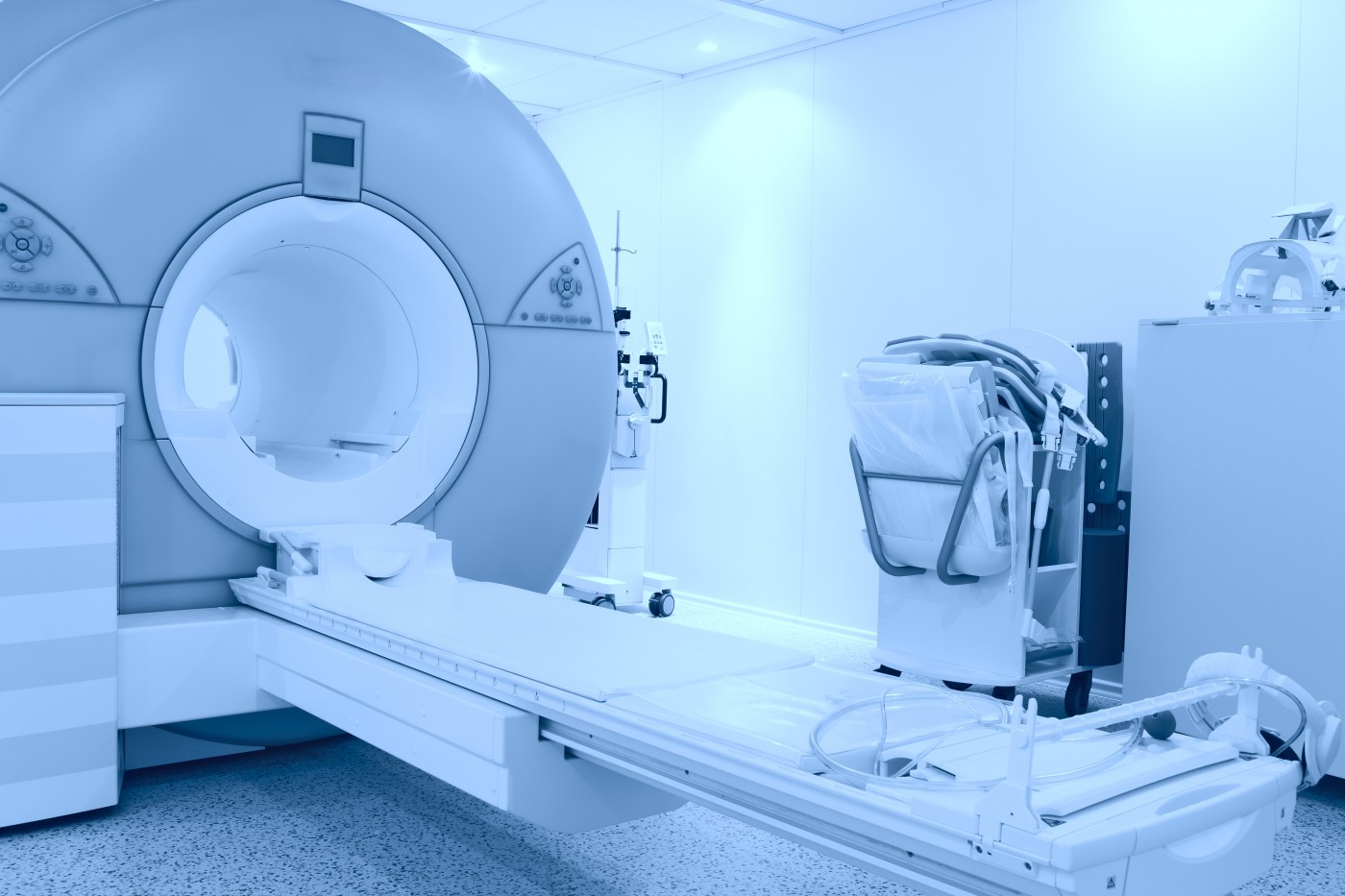 Researchers at Washington University School of Medicine in St. Louis recently published in the journal Nature Nanotechnology a new light-based technique that allows for the first time the application of phototherapy in deep tissues. The study is entitled “Breaking the depth dependency of phototherapy with Cerenkov radiation and low-radiance-responsive nanophotosensitizers.”
Researchers at Washington University School of Medicine in St. Louis recently published in the journal Nature Nanotechnology a new light-based technique that allows for the first time the application of phototherapy in deep tissues. The study is entitled “Breaking the depth dependency of phototherapy with Cerenkov radiation and low-radiance-responsive nanophotosensitizers.”
Phototherapy has been used in cancer treatment and refers to a therapeutic intervention through a combination of light of specific wavelengths and a photosensitizer (drug) that is injected into the patient’s bloodstream, being subsequently absorbed by the different cells of the body and remaining for a longer period within cancer cells. For 24 to 72 hours after its administration, the tumor area is exposed to a specific light that activates the photosensitizer present in malignant cells and leads to the production of an active form of oxygen that destroys nearby cancer cells. However, the low penetration power of light in the tissues and the dependence on tissue oxygenation to produce cytotoxic radicals have limited the use of this technique to only superficial lesions, such as skin cancers, or endoscope-accessible lesions.
“Phototherapy works very well and has few side effects, but it can’t be used for deeply embedded or metastatic tumors,” said the study’s senior author Dr. Samuel Achilefu in a news release. “In general, shining a light on photosensitive materials generates free radicals that are very toxic and induce cell death. But the technique has only worked well when light and oxygen can get there. The need for oxygen and the shallow penetration of light in tissue have limited advances in this area for decades.”
Researchers have now developed a method to apply light-based therapy in deep tissues. By using materials already approved in cancer patients, the team developed a technique where it is possible to deliver light directly to cancer cells, together with an oxygen-independent photosensitizer that can be light-activated to destroy tumors.
[adrotate group=”1″]
The source of light selected by the team was Cherenkov radiation, which corresponds to electromagnetic radiation emitted by charged particles, and that is produced in positron emission tomography (PET) scans used in cancer diagnosis. Fluorodeoxyglucose (FDG)-PET is an imaging strategy where patients perform a PET scan after receiving an intravenous dose of radiolabeled sugar molecules (FDG) to assess the metabolic activity of the tissues by the level of glucose uptake, knowing that the uptake is higher in tumor cells to support their rapid growth. On the PET scan, radioactive fluorine marks the location of cancer cells within the body.
The research team hypothesized that in this process, the fluorine could also produce enough levels of Cherenkov radiation to activate a photosensitizer in case it would be present in the same location. FDG could therefore be employed with two goals, to help obtain imaging information and to provide light for phototherapy. “FDG is one of the most widely used imaging agents in the world,” said Dr. Achilefu. “That’s the beauty of this treatment paradigm. It’s used in hospitals today to find primary and metastatic cancer. So with FDG as our light source, we needed to find a material that becomes toxic when exposed to the light it produces.”
The team found that nanoparticles made of titanium dioxide (TiO2) produce free radicals when exposed to light, independently of the presence of oxygen. In order to increase the potency of these nanoparticles, a chemotherapeutic drug named titanocene was added. “Titanocene has been approved for investigational use in people,” said Dr. Achilefu. “It went all the way to Phase 2 clinical trials as a chemotherapy agent. It was found to be safe, but it didn’t work that well compared with a placebo. Still, it’s also known to interact with low-intensity light and break into free radicals. We decided to see if we could teach it to do its job differently — to act as a phototherapeutic drug instead of a chemotherapeutic drug.”
Several therapeutic formulations were tested in mice models with human lung tumors and fibrosarcoma (cancer in connective tissues), and it was found that a combination of the three components – FDG plus tumor-seeking nanoparticles carrying the cancer drug titanocene — exerted the most significant effect, with tumors in treated mice becoming eight times smaller after 15 days compared to those in untreated mice. This strategy also increased mice survival from 15 days (untreated mice) to 50 days in treated mice.
“Exposed to the light source, the titanium dioxide nanoparticles alone can kill cancer,” noted Dr. Achilefu. “But adding the drug appears to enhance the therapeutic outcome. The two together produce different kinds of free radicals that overwhelm tumor cells. Our formulation also uses doses of the drug that are much lower than would be administered for chemotherapy.” The team’s next goal is to conduct a small clinical trial to evaluate this light-based therapy strategy in humans.


